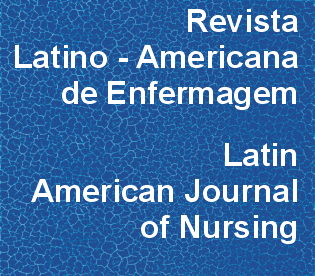Performance indicators of DOT at home for tuberculosis control in a large city, SP, Brazil
DOI:
https://doi.org/10.1590/S0104-11692008000100015Keywords:
health programs and plans^i1^sstanda, directly observed therapy, tuberculosis^i1^scontrol & preventAbstract
The study had the objective to analyze the performance of the health services that implement the Directly Observed Therapy at home for tuberculosis control. This study analyzed four Tuberculosis Control Programs, referred to as A, B, C, and D, using the following indicators: Resource use; Performance quickness; Monitoring medication administration; Time spent per home visit. Data were collected during visits to 47 patients receiving DOT at home. Resource use was higher in program B (91.3%); program A showed quicker performance (5.8) and more visits during which medication administration was monitored (77.4%); program C had the longest time spent per home visit (14.7 minutes) and program A the shortest (10.4 minutes). The best or worst performance numerically expresses how resources are being used and whether the observation of medication intake is being achieved.Downloads
Download data is not yet available.
Downloads
Published
2008-02-01
Issue
Section
Original Articles
License
RLAE’s authorship concept is based on the substantial contribution by each of the individuals listed as authors, mainly in terms of conceiving and planning the research project, collecting or analyzing and interpreting data, writing and critical review. Indication of authors’ names under the article title is limited to six. If more, authors are listed on the online submission form under Acknowledgements. The possibility of including more than six authors will only be examined on multicenter studies, considering the explanations presented by the authors.Including names of authors whose contribution does not fit into the above criteria cannot be justified. Those names can be included in the Acknowledgements section.
Authors are fully responsible for the concepts disseminated in their manuscripts, which do not necessarily reflect the editors’ and editorial board’s opinion.
How to Cite
Performance indicators of DOT at home for tuberculosis control in a large city, SP, Brazil. (2008). Revista Latino-Americana De Enfermagem, 16(1), 95-100. https://doi.org/10.1590/S0104-11692008000100015



